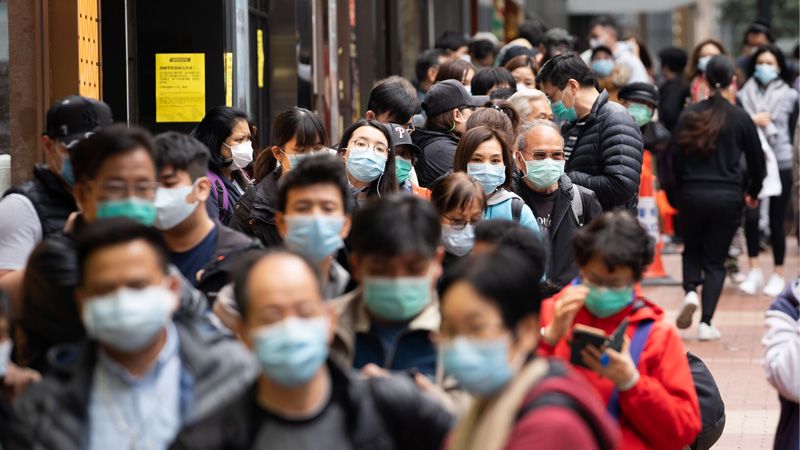

U.S. Centers for Disease Control and Prevention (CDC) on Monday said COVID-19 can spread through virus lingering in the air, sometimes for hours, acknowledging concerns widely voiced by public health experts about the airborne transmission of the virus.
The CDC guidance comes weeks after the agency published – and then took down – a similar warning, sparking debate over how the virus spreads.
In Monday’s guidance, CDC said there was evidence that people with COVID-19 possibly infected others who were more than 6 feet away, within enclosed spaces with poor ventilation.
Under such circumstances, CDC said scientists believe the amount of infectious smaller droplet and particles, or aerosols, produced by the people with COVID-19 become concentrated enough to spread the virus.
The CDC has long warned of transmission through small droplets that shoot through the air and generally fall to the ground, which resulted in the six-feet social distancing rule. Aerosol droplets are much smaller still, and can remain suspended in the air, like smoke.
While CDC stresses close-contact transmission is more common than through air, a group of U.S. scientists warned in an unrelated open letter published in medical journal Science on Monday that aerosols lingering in the air could be a major source of COVID-19 transmission.
“The reality is the airborne transmission is the main way that transmission happens at close range with prolonged contact,” the researchers said in a press call.
Viruses in aerosols can remain in the air for seconds to hours, travel more than two meters and accumulate in poorly ventilated indoor air, leading to superspreading events, the researchers said.
Since individuals with COVID-19 release thousands of virus-laden aerosols and far fewer droplets while breathing and talking, the scientists said the focus must be on protecting against airborne transmission.
They also said that public health officials should clearly differentiate between droplets ejected by coughing or sneezing and aerosols that can carry the virus to greater distances. Reuters
Oman Observer is now on the WhatsApp channel. Click here



